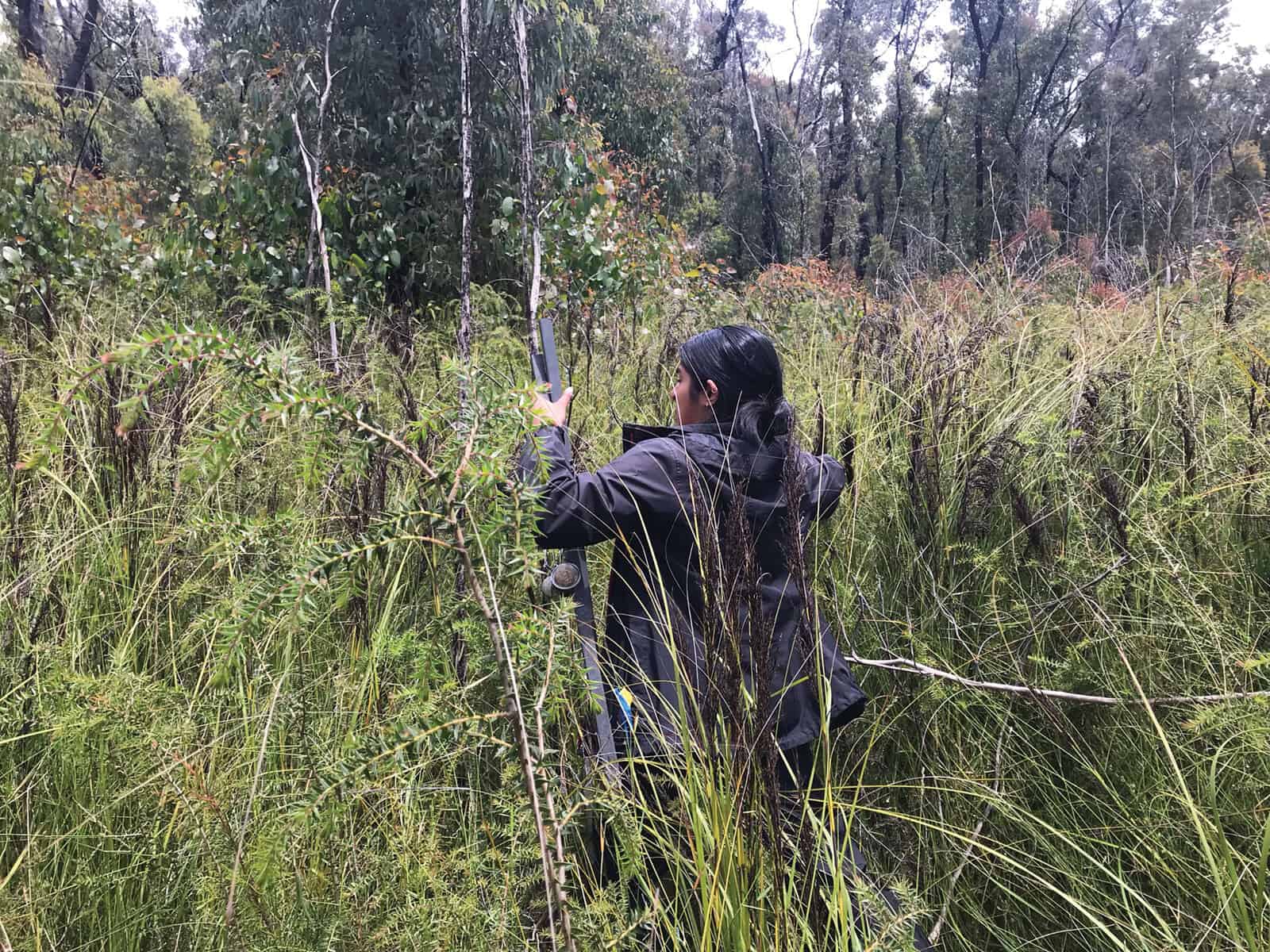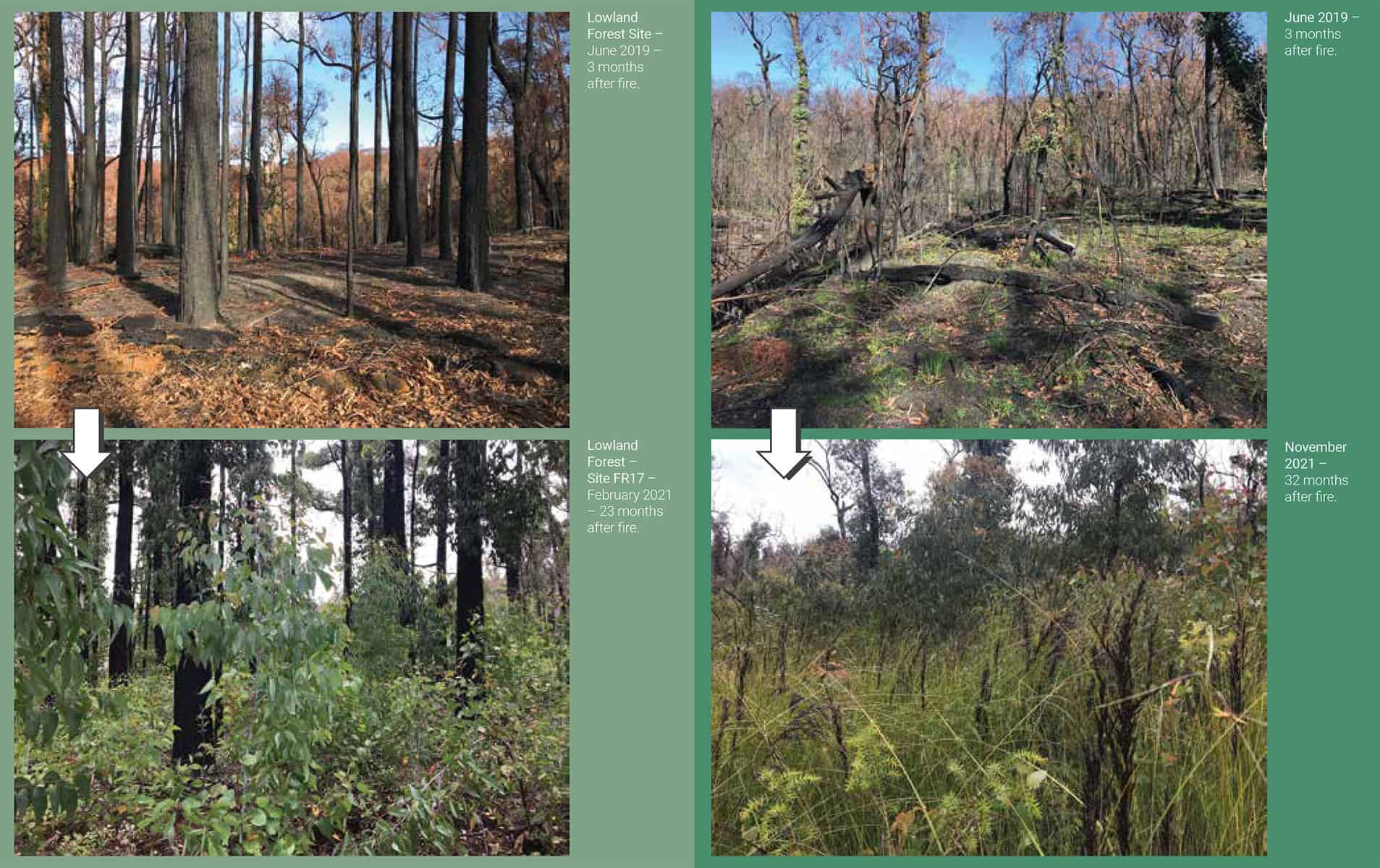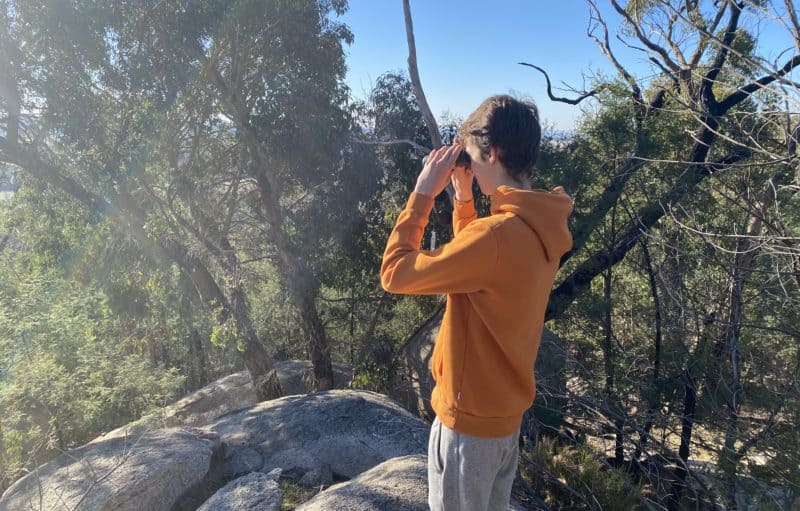PARK WATCH Article November 2022 |
NatureWatch Campaign Coordinator Sera Blair chronicles a decade of wildlife monitoring in Bunyip State Park and the incredible contribution volunteers have made to this citizen science project.
Since 2012, our NatureWatch Caught on Camera project has brought together community groups, land managers, scientists and volunteers in a community-based program for monitoring animals (primarily mammals) in parks. Starting in Bunyip State Park and Wombat State Forest, this long-term project went on to survey wildlife in six areas across Victoria. Each site had its own partnerships and research aims with a common theme of investigating the impact of fire on habitat values for local wildlife.
Project outputs from 2012 to 2021:
- 40 research sites established
- 44 field days installing monitoring equipment
- 448 days (approx. 2,912 hours) of volunteer field work
- 4011+ days cameras were collecting data
- 103,500+ photos taken and analysed
- Hundreds of wildlife records uploaded to the Victorian Biodiversity Atlas
Wildlife species recorded:
- 15 native mammal species
- 24 native bird species
- 1 native reptile species
- 7 introduced mammal species
- 1 introduced bird species.

Bunyip State Park
In Bunyip State Park we have built a strong partnership with Friends of Bunyip State Park (FoBSP) and Parks Victoria to deliver this project. We’re here to investigate the long-term impacts of control burning on wildlife, create working partnerships with government, researchers and community groups to establish monitoring programs, and demonstrate the need for ongoing monitoring in response to fire impact on wildlife habitat.
Translating these aims into research questions, the data was analysed to determine the presence/absence of wildlife in relation to different vegetation types and different categories of ‘time since fire’, and changes in their presence over the 10-year period of research.
Bunyip State Park was heavily impacted by bushfires in 2009 and 2019 and has a few fuel reduction burns planned within the park each year. The ‘time since fire’ categories measure the time between the last fire event, bushfire or planned burn, and the survey year and are expressed as ‘recent’ (0-3 years), ‘early’ (4-9 years), ‘medium’ (10-33 years), ‘long’ (34+ years). Research sites were distributed across fire categories, re-calculated annually.
Research sites were distributed across Ecological Vegetation Classes (EVCs) including Lowland Forest (EVC16) and Heathy Woodland (EVC48) and combined wetter forests (Riparian, Damp, Wet, and Scrubby Foothill forests, and Riparian Scrub).
The primary survey method was motion-detection wildlife cameras with a bait station lure on a three-week rotation time. When possible, additional survey methods were added, like audio recording, scat surveys and photo points.
Field seasons in Bunyip State Park ran August to December, with occasional adjustments. Seasons started with a community training day presented by all project partners.
Key Findings:
- Endangered Southern Brown Bandicoots are in serious decline, having not been recorded since 2016. Most likely to be found in Heathy Woodland that is a medium to long time since fire.
- Long-nosed Bandicoot are more stable, persisting primarily in the wetter forests, recorded in all time since fire categories.
- Echidnas were recorded across all EVCs, Koalas and Ring-tail Possums were only recorded in Lowland Forests. Swamp Rats were only recorded in Heathy Woodland.
- Native wildlife recorded every year include Agile Antechinus, Bush Rat, Swamp Wallaby, Eastern Grey Kangaroo.
- Lace Monitors were only recorded, in ‘recent’ and ‘early’ time since fire sites.
- Superb Lyrebirds were the most consistently recorded bird species, seen across all EVCs, all time since fire categories and in 9/10 years.
- Introduced animals are widespread within the park, all being recorded on Heathy Woodland sites and all, except rabbits and dogs, recorded in Lowland Forests.
- Sambar Deer, Red Fox and domestic cats were recorded in all time since fire categories.
- Domestic cats were the most common introduced species recorded. Found in all EVCs and 9 out of 10 years.
Photopoints
We took photos from the same point on 30 research sites a few months after the 2019 fires and then close to 2 years after the fires to monitor habitat recovery. We couldn’t access sites in-between due to COVID restrictions.
The ability of these forests to come back after fire is incredible! While dramatically altered in terms of habitat potential for native wildlife, the forests are recovering.
One Heathy Woodland site showed enormous vegetation growth two years after the fires – so much that it was virtually impenetrable by people or wildlife.
This project is an excellent example of how well we work with community groups and land managers to support improved management of wildlife habitat. Ian Vaskess and Jasper Hails from Friends of Bunyip State Park are incredible advocates for this park, and fantastic to partner with for fieldwork and community activities. The Parks Victoria team at the Gembrook office are a valuable support to this research providing important insight, planning input and field support.
Propelled by a succession of VNPA staff – Caitlin to Christine to Sera – and funded through a variety of government and non-government grants, the project has evolved over the years. Richard Loyn provided scientific direction in the project’s development the first five years of analysis. Many tertiary students, through our student placement program, have assisted with managing the vast amount of data. And the incredible support of the volunteers, some who have come back to help every year, has enabled this work to continue year after year.
Ten years completed, but we are not done yet. We’re excited to do more camera monitoring over the next year. Plus, we’re adding spotlighting surveys and Community Discovery Days to expand our knowledge of wildlife in the park, and increase community involvement in monitoring wildlife in and around the park. Visit vnpa.org.au/naturewatch for details and to download the full project 10-year report.
Did you like reading this article? You can read the latest full edition of Park Watch magazine online.
Want to be kept up to date about this and other nature issues in Victoria? Subscribe to our email updates.
You can also receive our print magazine Park Watch four times a year by becoming a member. Find out more.

